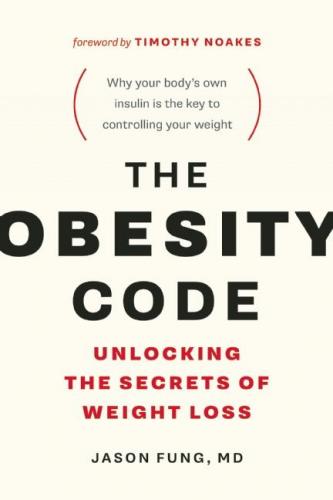But what caused our body set weight to be so high in the first place? This is, in essence, the same question as “What causes obesity?” To find the answer, we need to know how the body set weight is regulated. How do we raise or lower our “fat thermostat”?
THE HORMONAL THEORY OF OBESITY
OBESITY IS NOT caused by an excess of calories, but instead by a body set weight that is too high because of a hormonal imbalance in the body.
Hormones are chemical messengers that regulate many body systems and processes such as appetite, fat storage and blood sugar levels. But which hormones are responsible for obesity?
Leptin, a key regulator of body fat, did not turn out to be the main hormone involved in setting the body weight. Ghrelin (the hormone that regulates hunger) and hormones such as peptide YY and cholecystokinin that regulate satiety (feeling full or satisfied), all play a role in making you start and stop eating, but they do not appear to affect the body set weight. How do we know? A hormone suspected of causing weight gain must pass the causality test. If we inject this hormone into people, they must gain weight. These hunger and satiety hormones do not pass the causality test, but there are two hormones that do: insulin and cortisol.
In chapter 3, we saw the caloric-reduction view of obesity relies on five assumptions that have been proved to be wrong. This hormonal theory of obesity avoids making these false assumptions. Consider the following:
Assumption 1: Calories In and Calories Out are independent of each other.
The hormonal theory explains why Calories In and Calories Out are tightly synchronized with each other.
Assumption 2: Basal metabolic rate is stable.
The hormonal theory explains how hormonal signals adjust basal metabolic rate to either gain or lose weight.
Assumption 3: We exert conscious control over Calories In.
The hormonal theory explains that hunger and satiety hormones play a key role in determining whether we eat.
Assumption 4: Fat stores are essentially unregulated.
The hormonal theory explains that fat stores, like all body systems, are tightly regulated and respond to changes in food intake and activity levels.
Assumption 5: A calorie is a calorie.
The hormonal theory explains why different calories cause different metabolic responses. Sometimes calories are used to heat the body. At other times, they will be deposited as fat.
THE MECHANICS OF DIGESTION
BEFORE DISCUSSING INSULIN, we must understand hormones in general. Hormones are molecules that deliver messages to a target cell. For example, thyroid hormone delivers a message to cells in the thyroid gland to increase its activity. Insulin delivers the message to most human cells to take glucose out of the blood to use for energy.
To deliver this message, hormones must attach to the target cell by binding to receptors on the cell surface, much like a lock and key. Insulin acts on the insulin receptor to bring glucose into the cell. Insulin is the key and fits snugly into the lock (the receptor). The door opens and glucose enters. All hormones work in roughly the same fashion.
Конец ознакомительного фрагмента.
Текст предоставлен ООО «ЛитРес».
Прочитайте эту книгу целиком, купив полную легальную версию на ЛитРес.
Безопасно оплатить книгу можно банковской картой Visa, MasterCard, Maestro, со счета мобильного телефона, с платежного терминала, в салоне МТС или Связной, через PayPal, WebMoney, Яндекс.Деньги, QIWI Кошелек, бонусными картами или другим удобным Вам способом.
